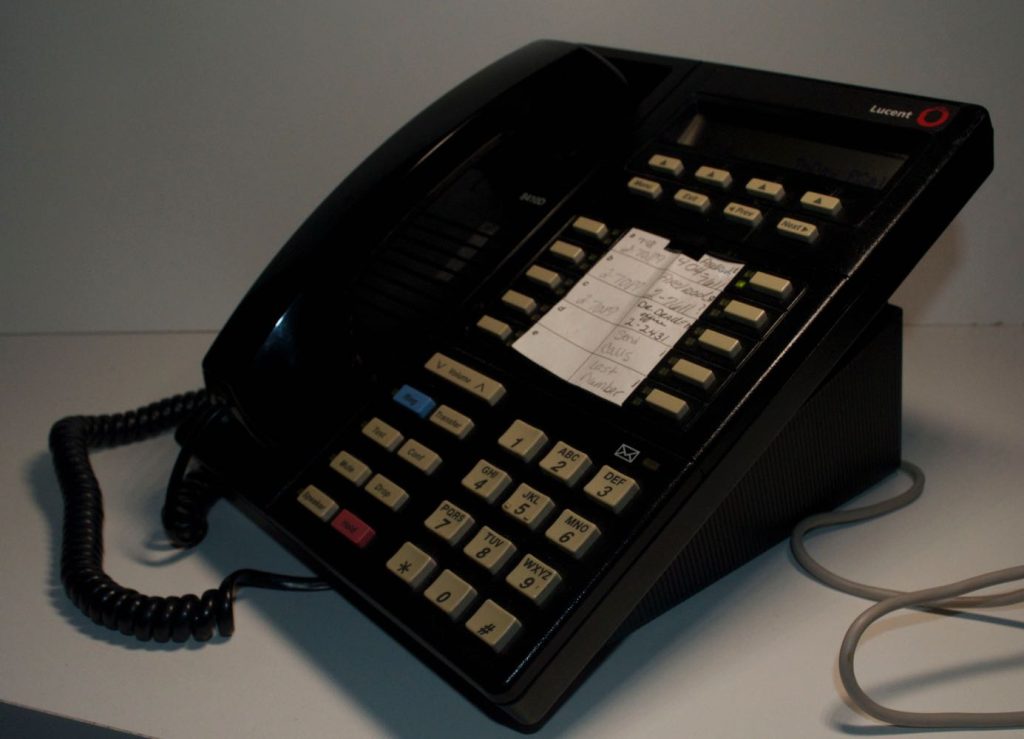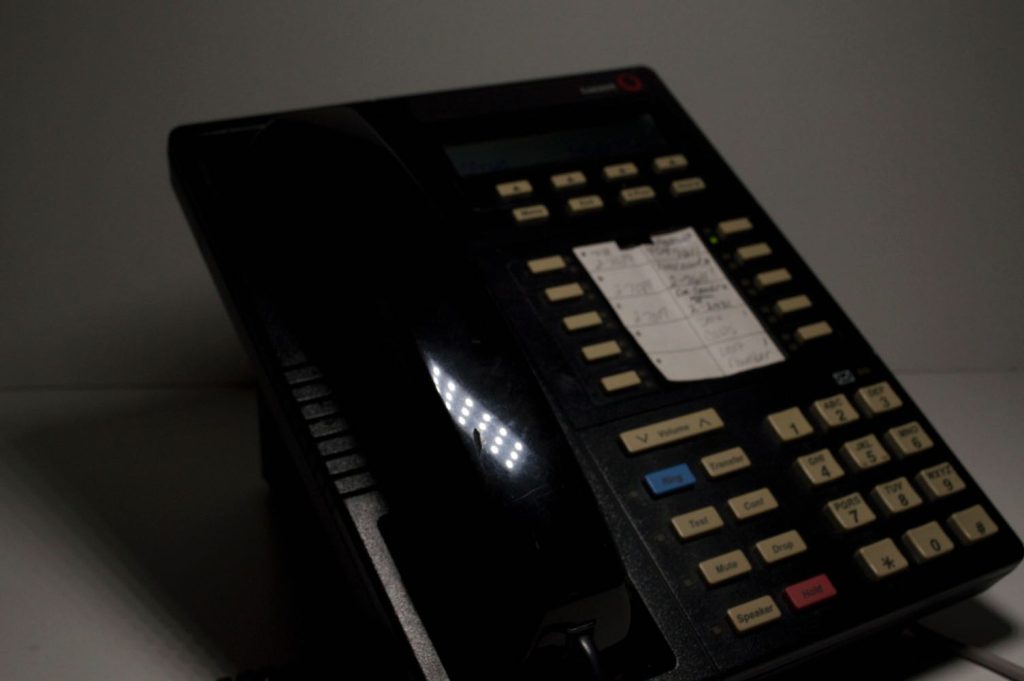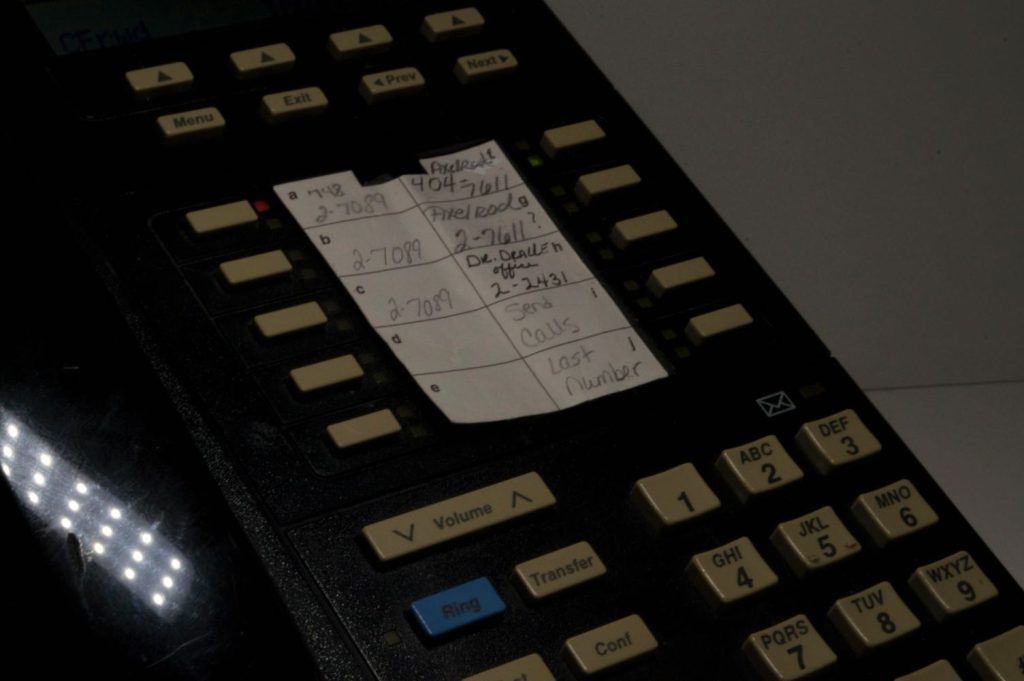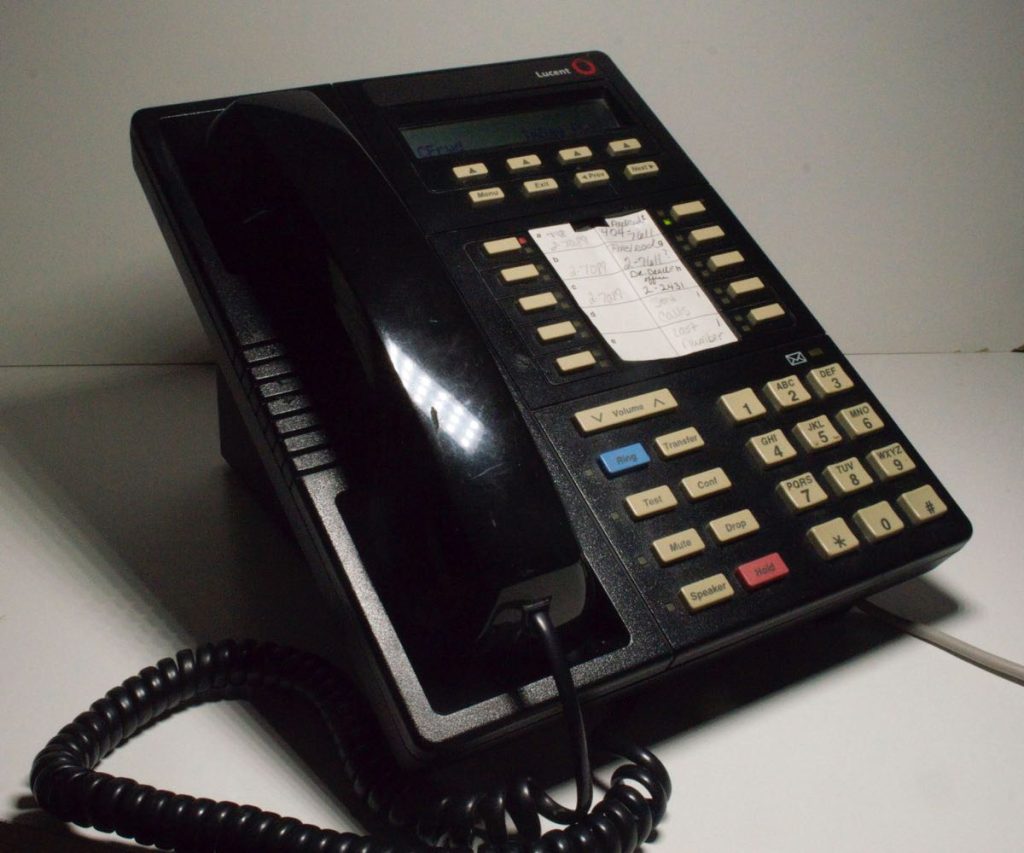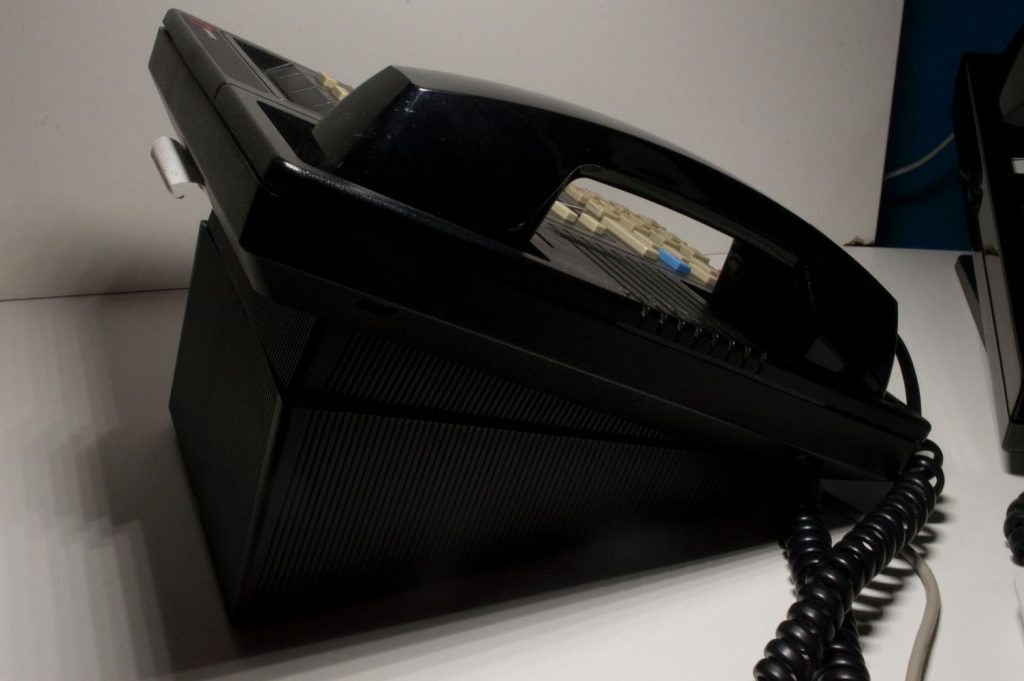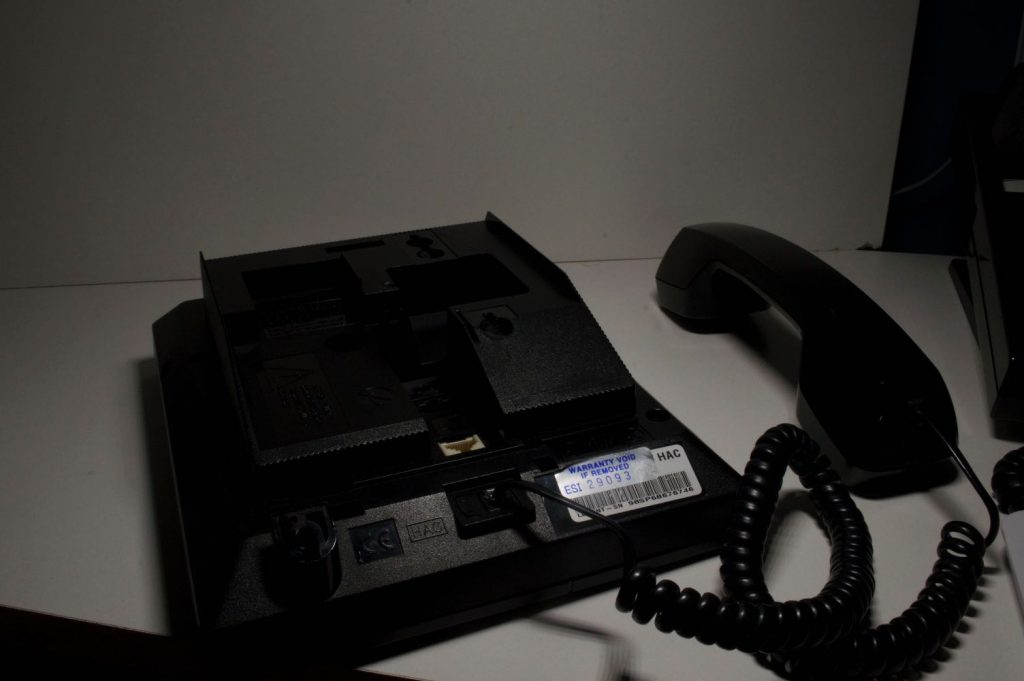Jason, the guest writer on Avaya’s SIP agenda, has kindly given me some stuff to post while I’m out of the office at the Museum of Telephony.
Names have been generalized to protect the innocent.
I’ve worked for two different radio companies in my employment history. With my interest in telephony, naturally I was interested in how the telephone callers got “on the air.” Here are a few case studies on radio telephony that I’ve experienced.
A quick definition for the un-initiated: In the radio business, a telephone hybrid is the piece of equipment that translates telephone audio (normally standard analog) into balanced signals to feed the audio console and does some active nulling to prevent too much of the announcer’s voice (which goes directly on-air via his microphone) from returning via sidetone on the telephone circuits. A technical demo of a Hybrid
https://www.youtube.com/watch?v=k6k4gS-gkC4
How not to do radio telephony:
The first company I worked for was a small two station cluster. Its engineer was of the mindset, “Let’s not buy the correct equipment, I can do it just as well with parts from Radio Shack and some creative circuitry!” For the purposes of this case study, I will ignore the second station which was fully automated and used a single line Gentner on a dedicated CO for any telephony on that station.
The other station had an on-air studio, and a production studio. As you can imagine, the on-air studio ran the live broadcast, while the production studio was used to record content, commercials, shows, and other audio to broadcast later. The entire company was served by a Comdial key system with 3 CO lines. The Comdial functioned on 4 pair wiring, with the outer pair providing signaling, and the inner pair presenting as a standard analog line to each station, switched according to the buttons on the handset. Both studios shared one Symetrix TI 101 Hybrid, whose “line” was selected by an ordinary low voltage DPDT switch. To use the system, you would grab the incoming line on the handset, and it would be automatically coupled to the Symetrix according to if the switch was set to On-Air or Production. The Symetrix bridged onto the center pair of wiring going to each telephone, so whatever line on the set was selected, that’s the line you got on the Symetrix.
Feedback elimination was crudely accomplished by a switch drilled into the telephone base which cut off the wiring from the telephone microphone. So when you were ready to put a caller on-air, you’d answer the call, get the caller ready on the handset, flip the switch, then talk to them using the on-air microphone, fed via the Mono bus on the console. As hybrids go, the Symetrix was about as basic as they came, with all parameters being controlled with knobs rather than with fancy automatic gain control. Did I mention that the Symetrix was in the production studio so it was impractical to make real time adjustments to an on-air caller?
Ringer muting when the mic was live was also accomplished manually in each set by a relay that cut off the speaker in the set.
This station also had one other funny quirk. When a local vendor discontinued their satellite feed of the local sports roundup, we solved the problem in a most low-tech fashion. Shortly before the roundup was to air in the morning, we’d call the station and ask the secretary to put us on hold. Then, we’d record the roundup off their hold music!
If you needed to have something from the telephone live on-air and record something else, you were simply out of luck! As you can see, this is how NOT to do radio telephony.
*

